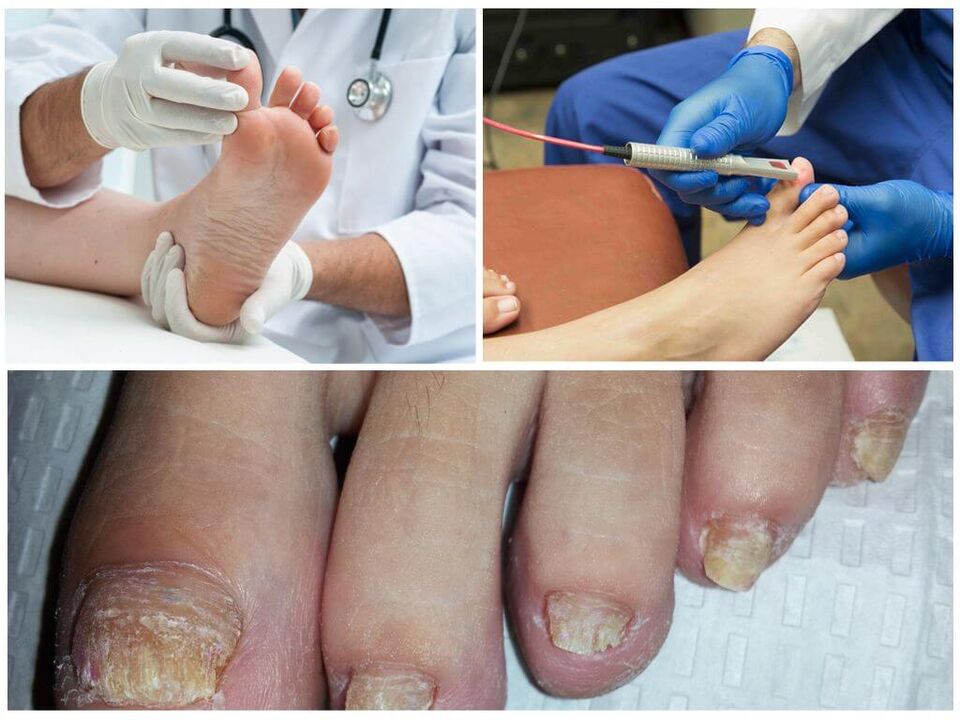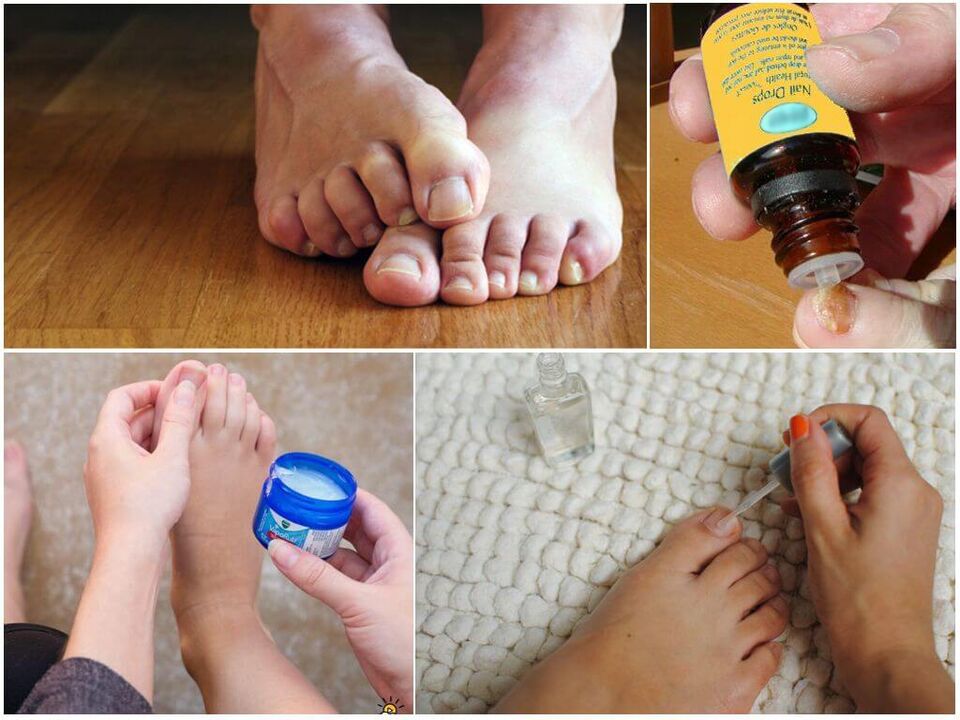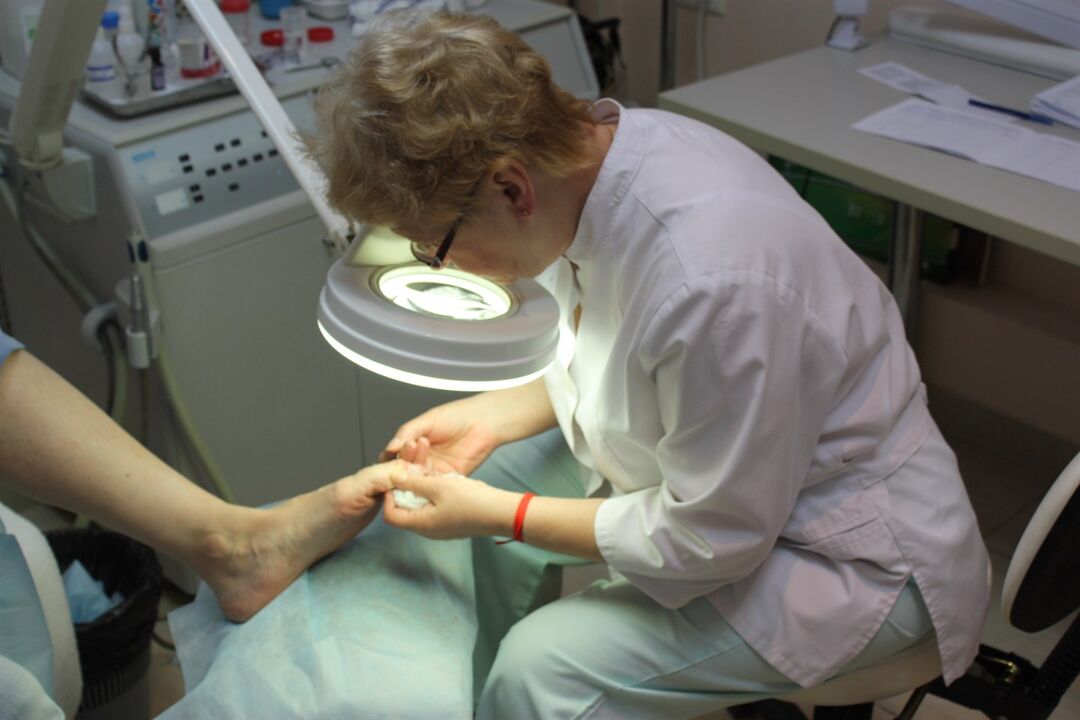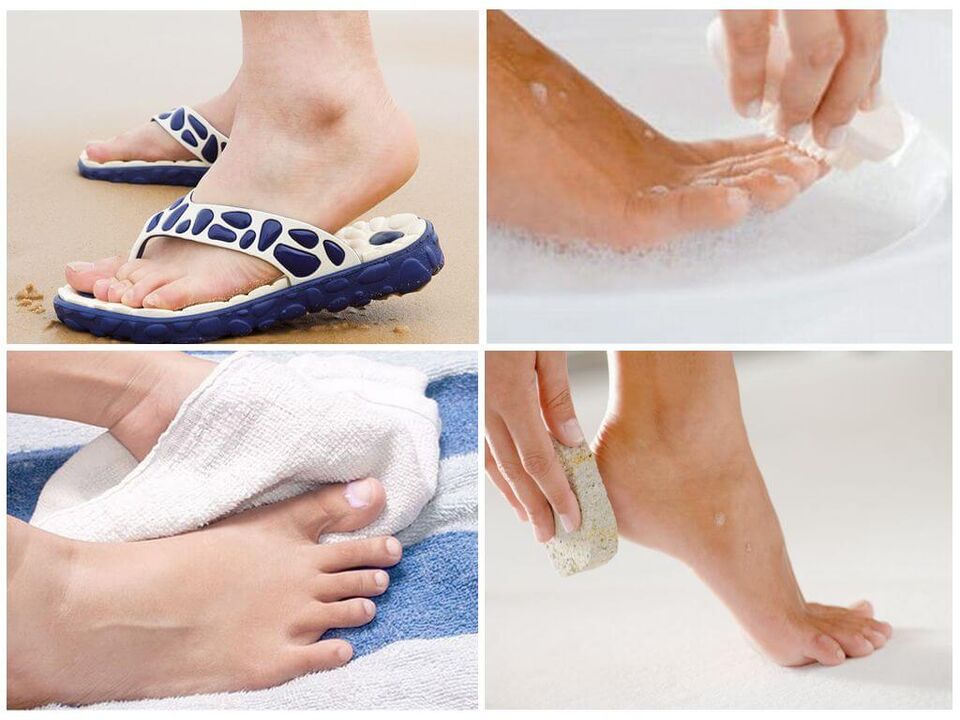About disease

Cause of infection
- Weak immunity.
A person is at risk for fungal diseases if the body is weakened by illness or does not get the required amount of vitamins. The body's protective barriers will not be able to prevent the spread of disease. - The nervous system is exhausted.
Frequent stress, nervous breakdown, and the habit of taking everything personally can worsen the immune system and increase the risk of infection. - Ignore hygiene rules.
Most often, this fungus is contracted in public places. Inattention and negligence in cleaning are the main reasons for the spread of fungal diseases. You should always wash your hands before eating in cafes, bars, restaurants and after using the toilet. You should always bring replacement socks or tights with you when using sneakers or sneakers at a rental center or recreation center. It is also recommended to carry hand sanitizer gel with you so that you can remove dirt and germs from your palms when there is no faucet nearby. - Improper communication with animals.
Fungal spores are carried not only by humans but also by animals. All people who pet stray dogs and cats should stop this habit. No matter how cute these animals are, they can pose health hazards. If contact does occur, you need to wash your hands thoroughly with soap, treat with disinfectant and wash your clothes. - Shoes and socks are not stored properly.
Fungi thrive best in warm, moist environments. Taking this fact into account, after walking in the rain or on wet surfaces, you need to dry your shoes near a radiator or heater and put wet socks or tights into washing liquid. If you leave your shoes to dry on their own, there is no guarantee that they will dry completely. At the same time, the spores can activate very quickly, and the person can become infected with a fungal disease the next day.
In almost all cases of fungal infection, the culprit is the person themselves. It is worth paying more attention to details, not ignoring hygiene rules and wearing only your own clothes and shoes. You also need to monitor your health. Take vitamin and micronutrient capsules regularly. For a healthy, clean person, disease passes.
disease symptoms

- Thickening or thinning of the nail plate;
- Nails lose their luster and become dull;
- Nails begin to crack and peel;
- Changes in the color of the nail plate (white, yellow, brown, green, black);
- Spots, stripes, dots appear on nails;
- Appearance of blisters, ulcers;
- Drain mucus from under the nails.
The fungus often spreads beyond the nail. It affects the nail ridges, interdigital spaces, and feet. In rare and particularly severe cases, the disease can spread throughout the body. Sometimes the pathogenic bacteria even affect the internal organs.
Onychomycosis test
Contact a dermatologist
It should be remembered that dermatologists are doctors with a broader scope. He treated all skin conditions but had no specific knowledge. They can be obtained from mycologists who specialize in treating fungi.

Appointment with a mycologist
After the patient recovers, the mycologist can give advice on staying healthy. Precautions must be strictly followed. In this case, the fungus will not return.

Diagnostic and treatment algorithms
- Contact a dermatologist or go directly to a mycologist.
- Get an initial inspection and get a test recommendation.
- Take the test and receive your results.
- Make repeated appointments with your doctor and determine your follow-up treatment plan.
- Purchase treatment medications.

Get tests to confirm the diagnosis
- Microbiological methods.
First, doctors must determine whether the patient is actually infected. To do this, he needs to obtain material, namely a nail that may be infected. The doctor scrapes or cuts away part of the plate. The material is then placed into a solution and examined under a microscope by an expert. This is how he views the presence or absence of harmful bacteria that cause infections. - ELISA (enzyme-linked immunosorbent assay).
The doctor draws blood from the patient's veins. The analysis results came out quickly. Reaction indicates reaction to mycosis: positive, negative, or unspecified. In the latter case, additional tests or a repeat blood donation within a week will be required. - PCR studies.
As with the first study, PCR requires scraping. Therefore, doctors can accurately determine whether a person is a carrier of the infection. Among the disadvantages, it is worth noting that PCR cannot identify the type of fungus. Doctors simply announce its presence or absence.
Help from other experts

If the patient cannot immediately make an appointment with a specialist, he should see a therapist. This doctor has all the knowledge needed to perform an initial examination and advise on next steps in antifungal treatment.
initial treatment
- vinegar;
- iodine;
- potassium permanganate;
- Table salt or sea salt.
Treatment during developmental and neglect stages
Prevent the risk of infection
- Use only personal hygiene products: towels, exercise mats, wipes.
- Monitor the cleanliness of socks and change them regularly.
- Clean your shoes before and after going out.
- If the weather is humid or an individual's feet sweat excessively, dry the shoes thoroughly.
- Avoid tactile contact with strangers.
- Wash your hands with soap after handling animals, especially homeless animals.
- Always carry sanitizing gel with you when going to public places.
- It is best to bring your personal belongings (if any) to the rental base.
- Get regular manicures and pedicures to avoid the formation of corns, calluses and cracks on your feet.
- Wear only comfortable shoes that won't pinch or rub your feet.
















